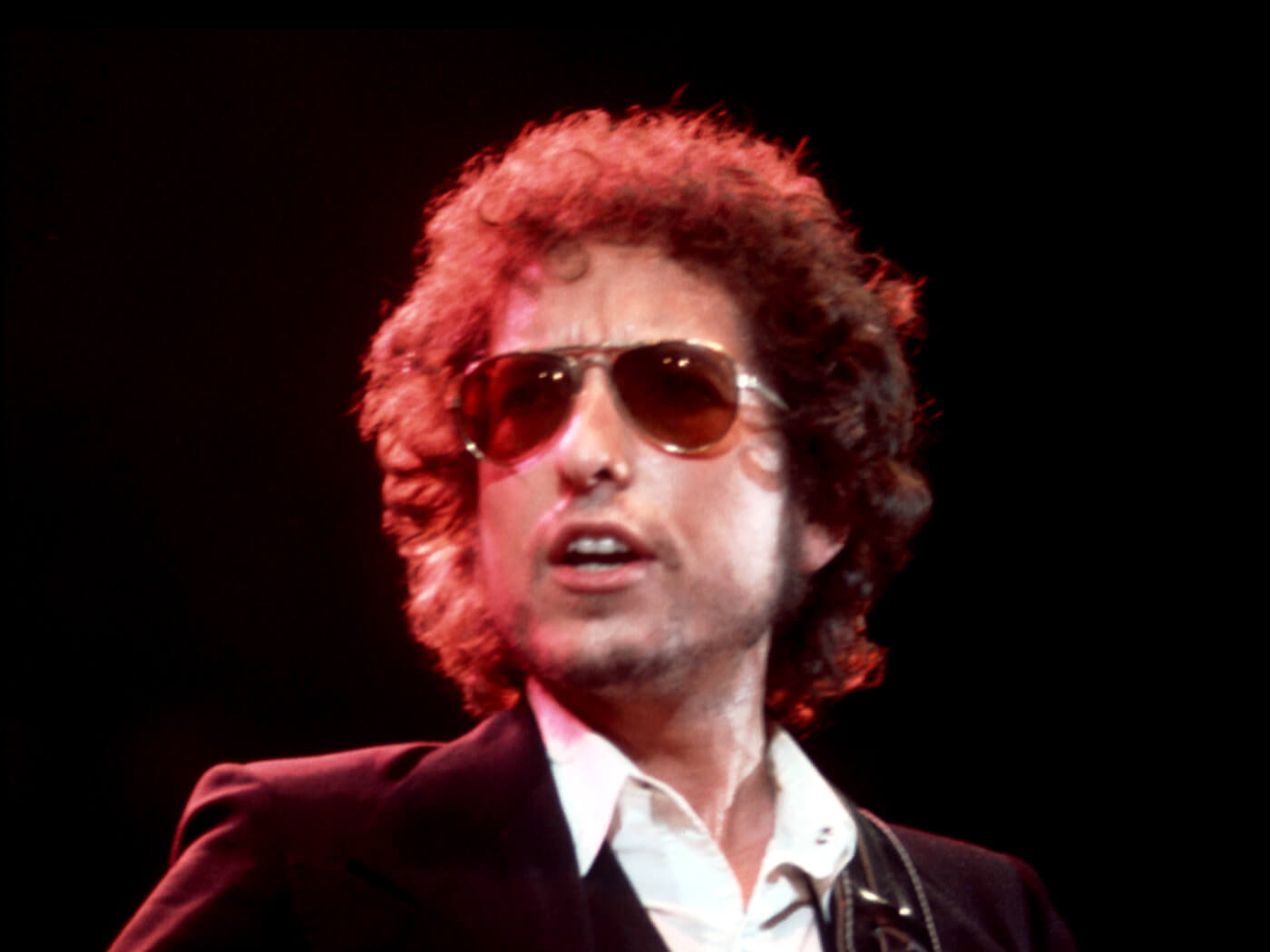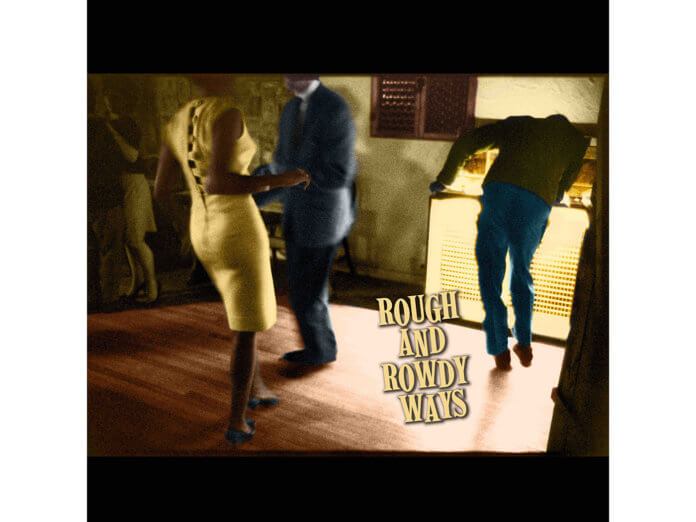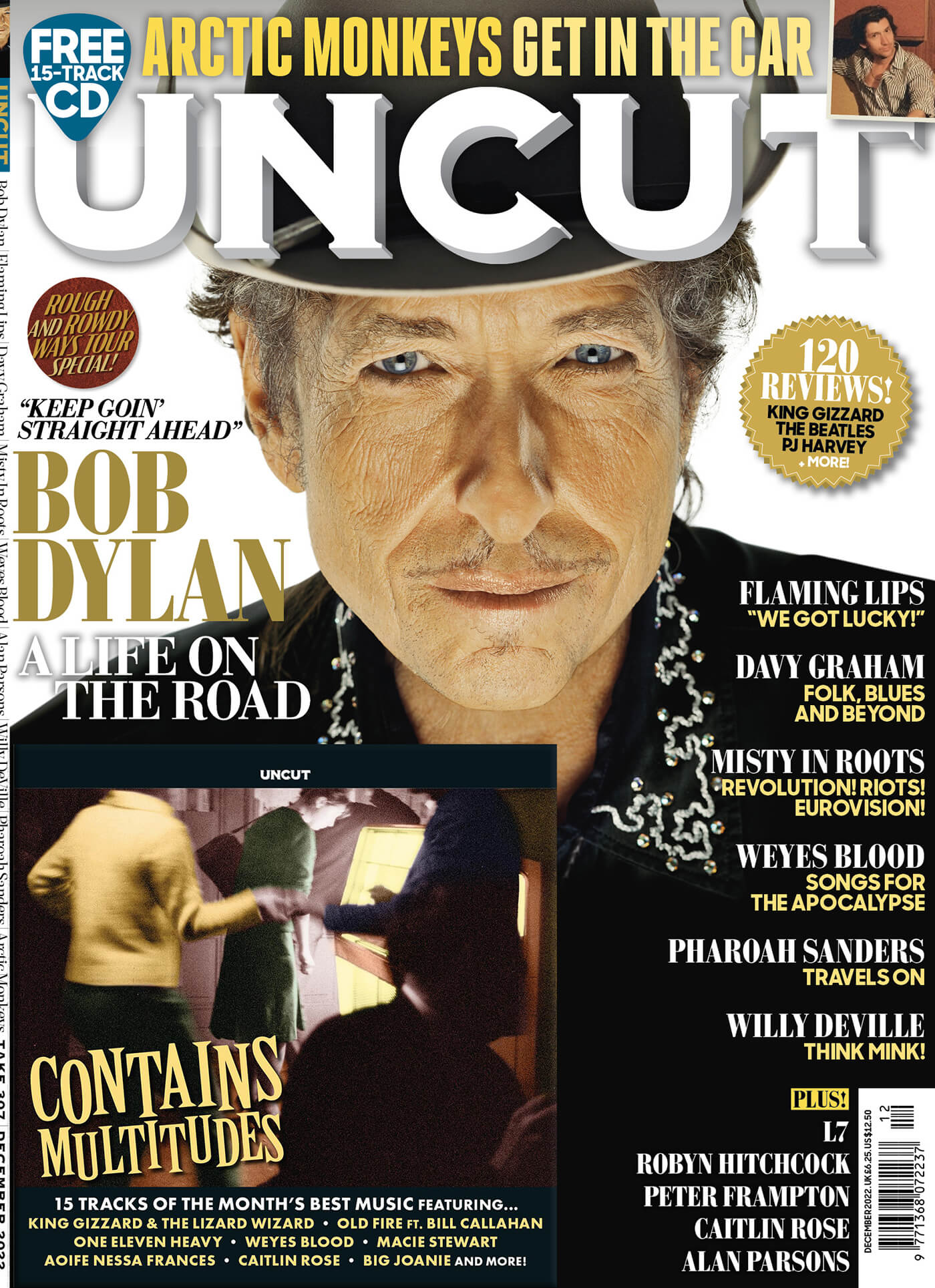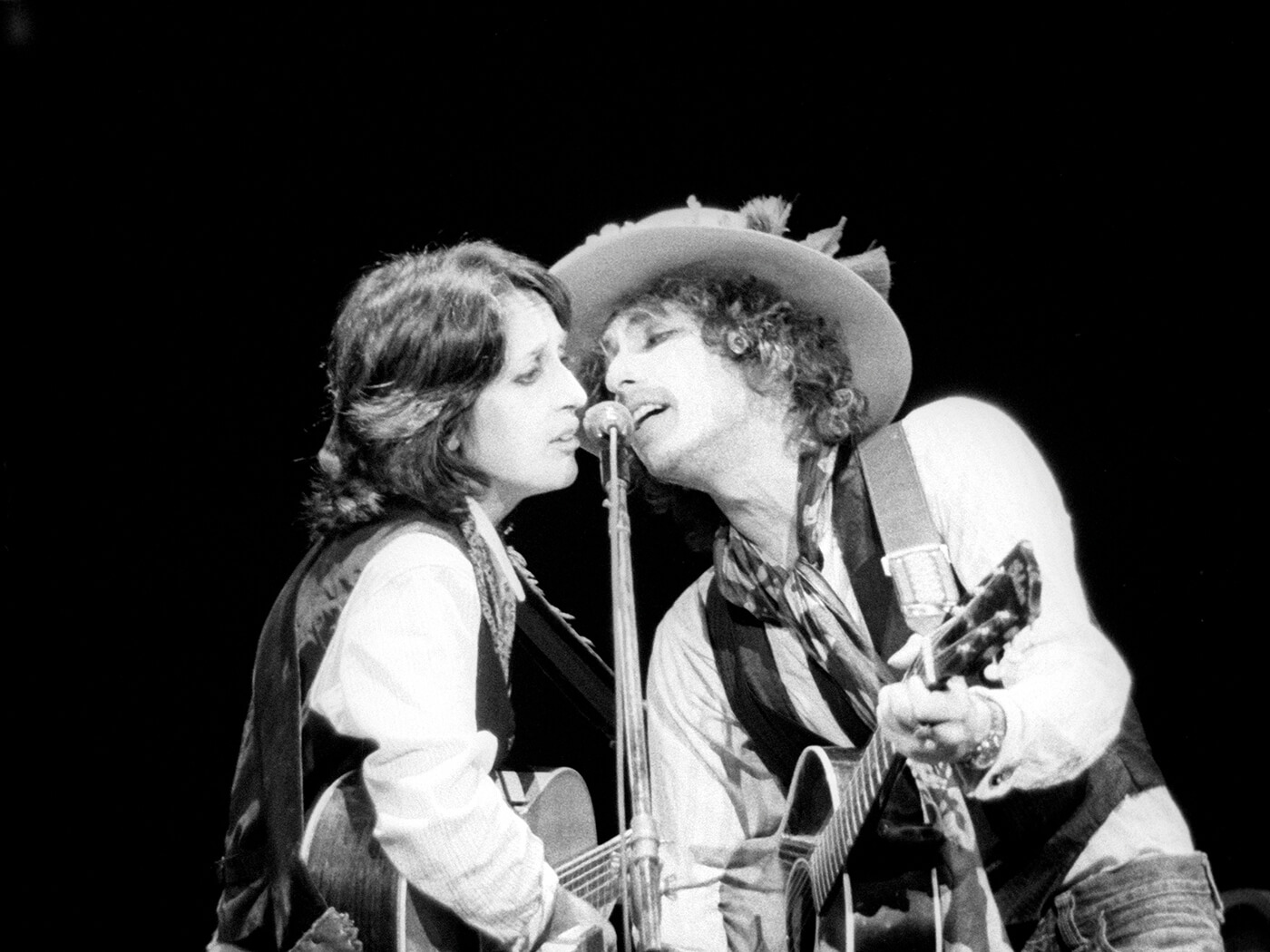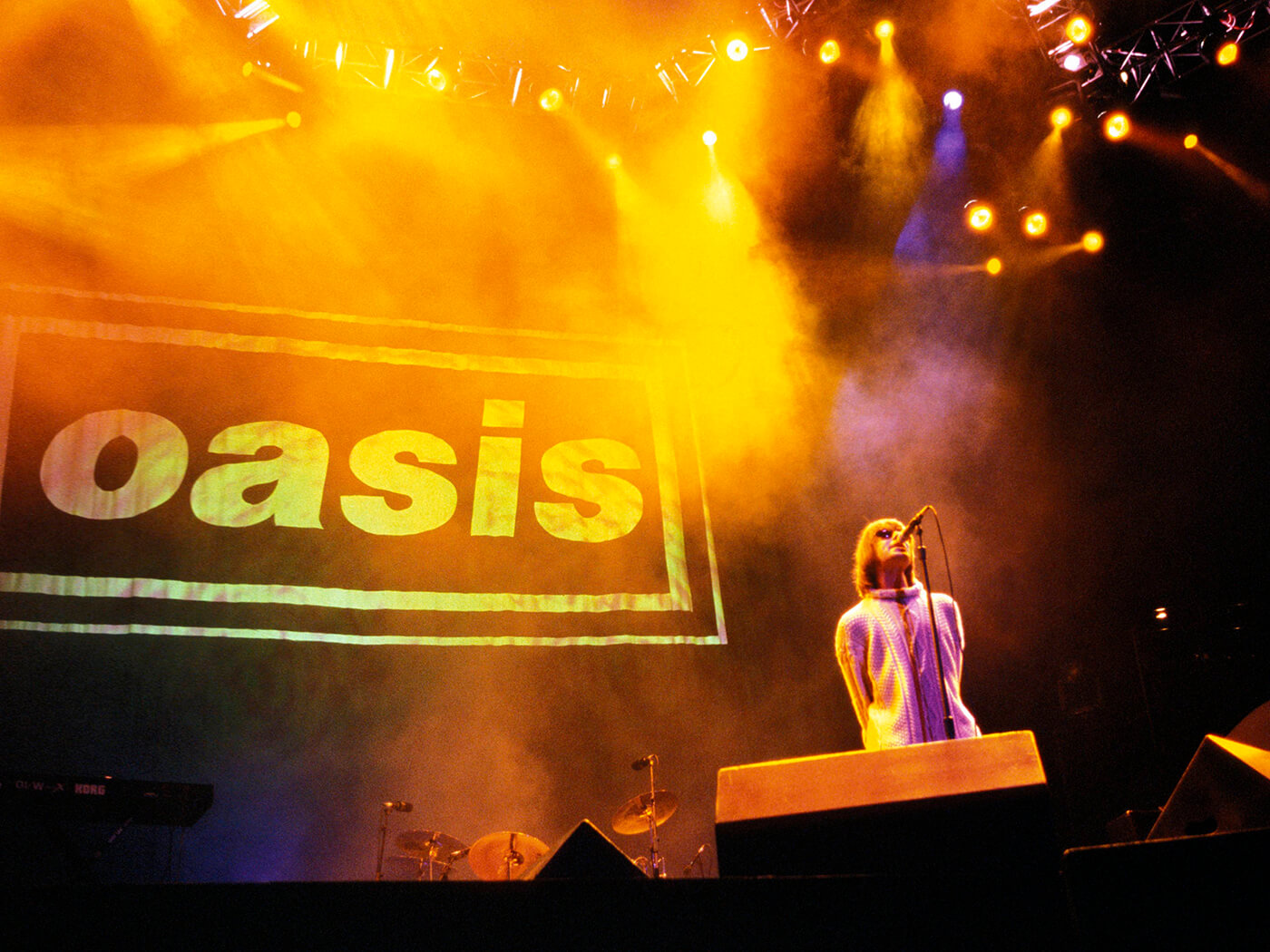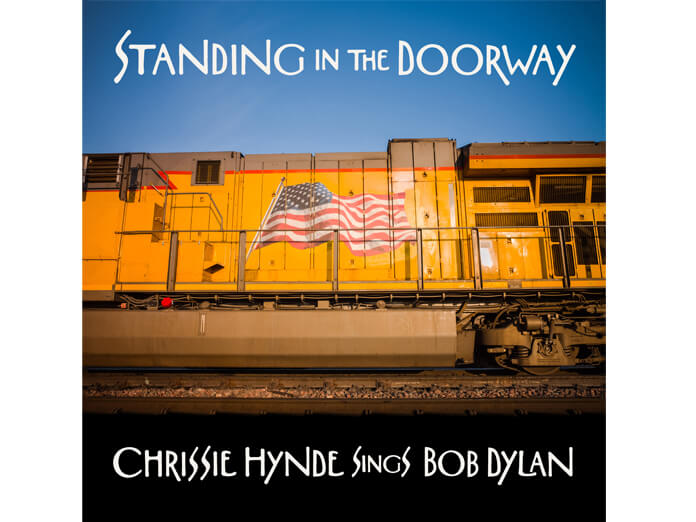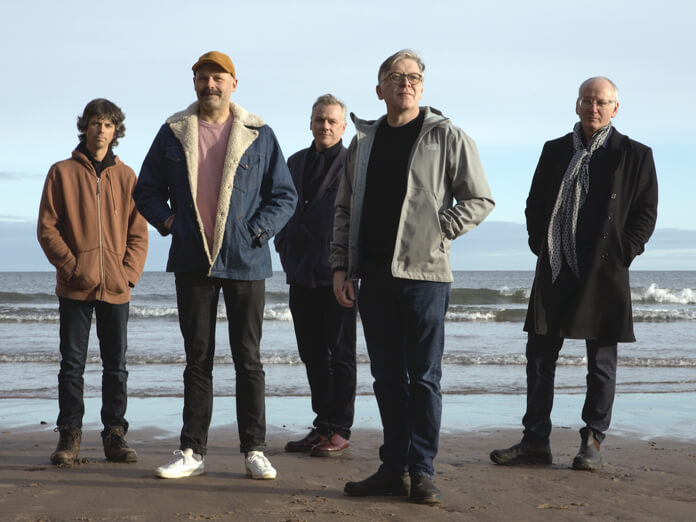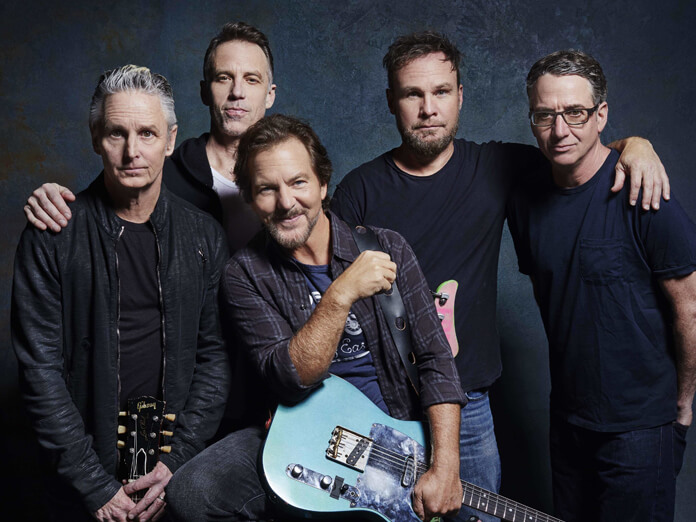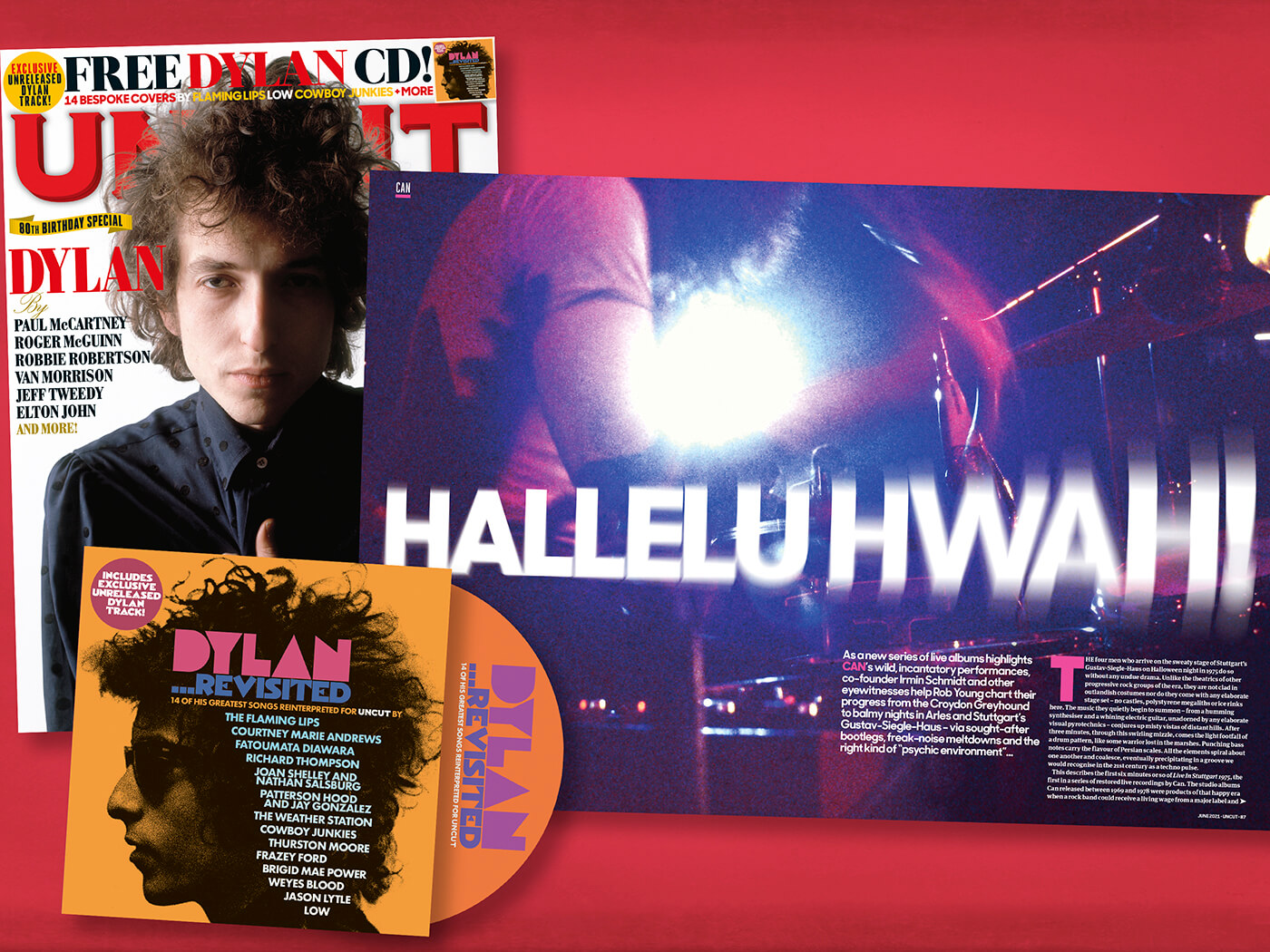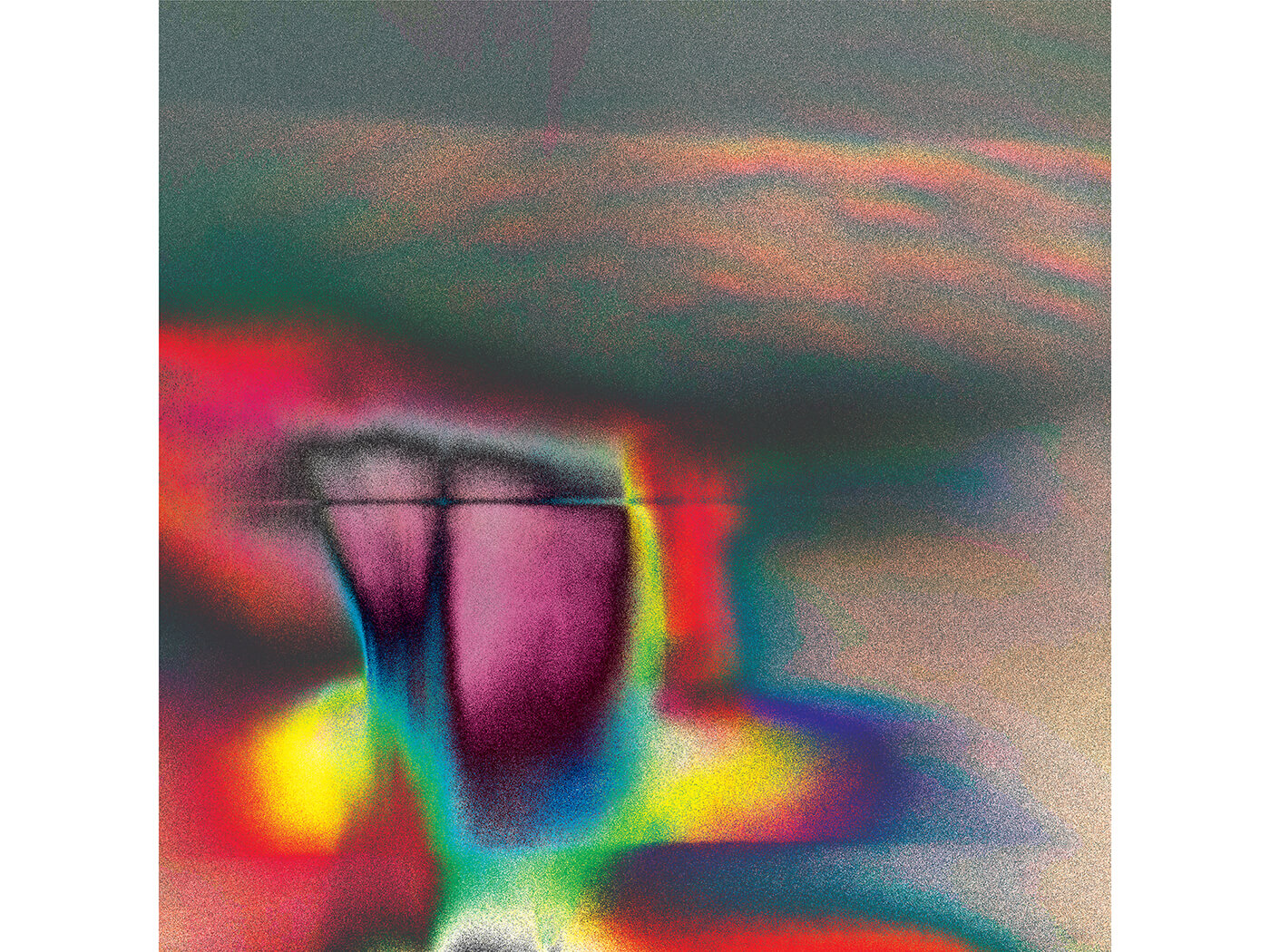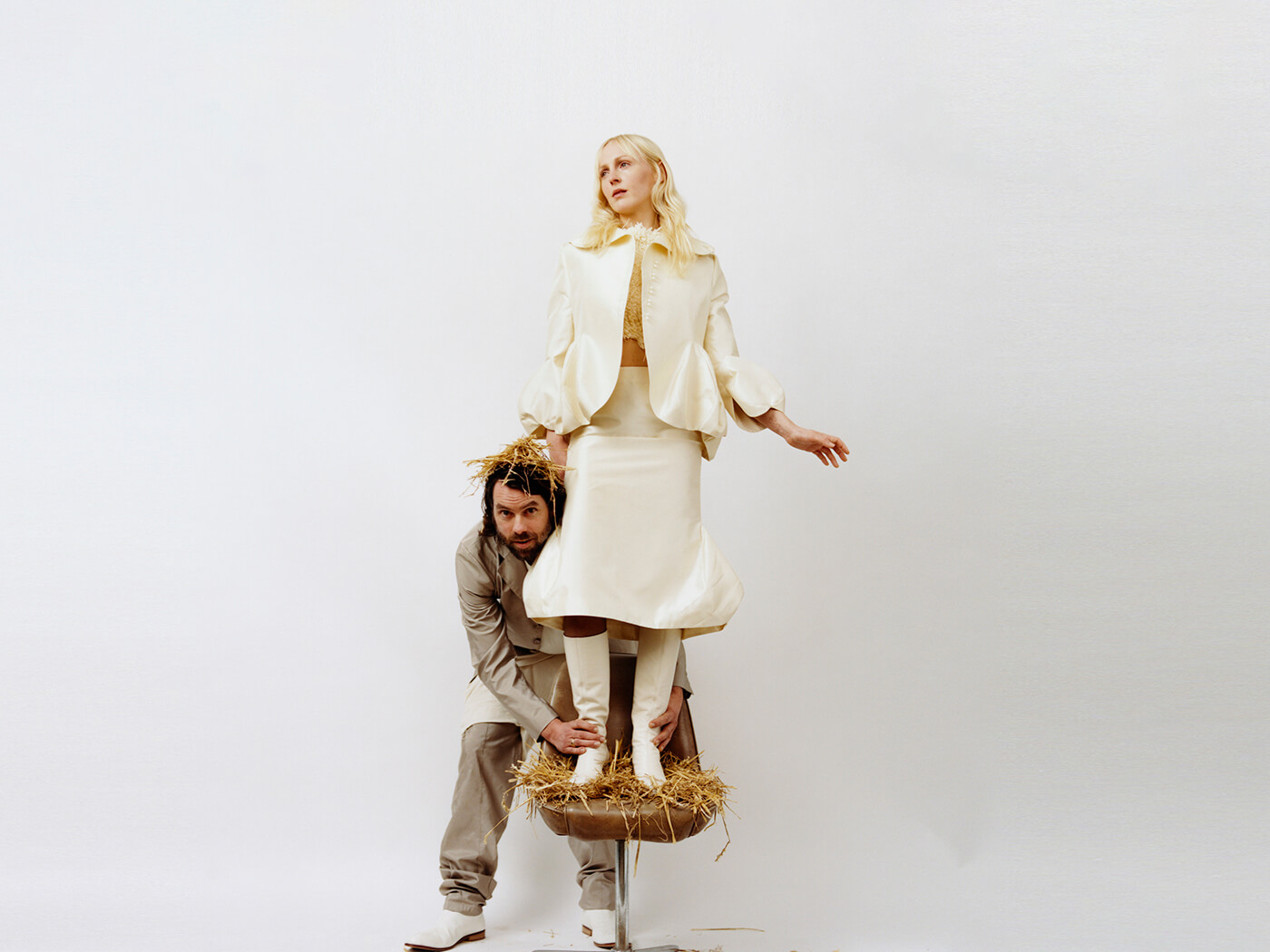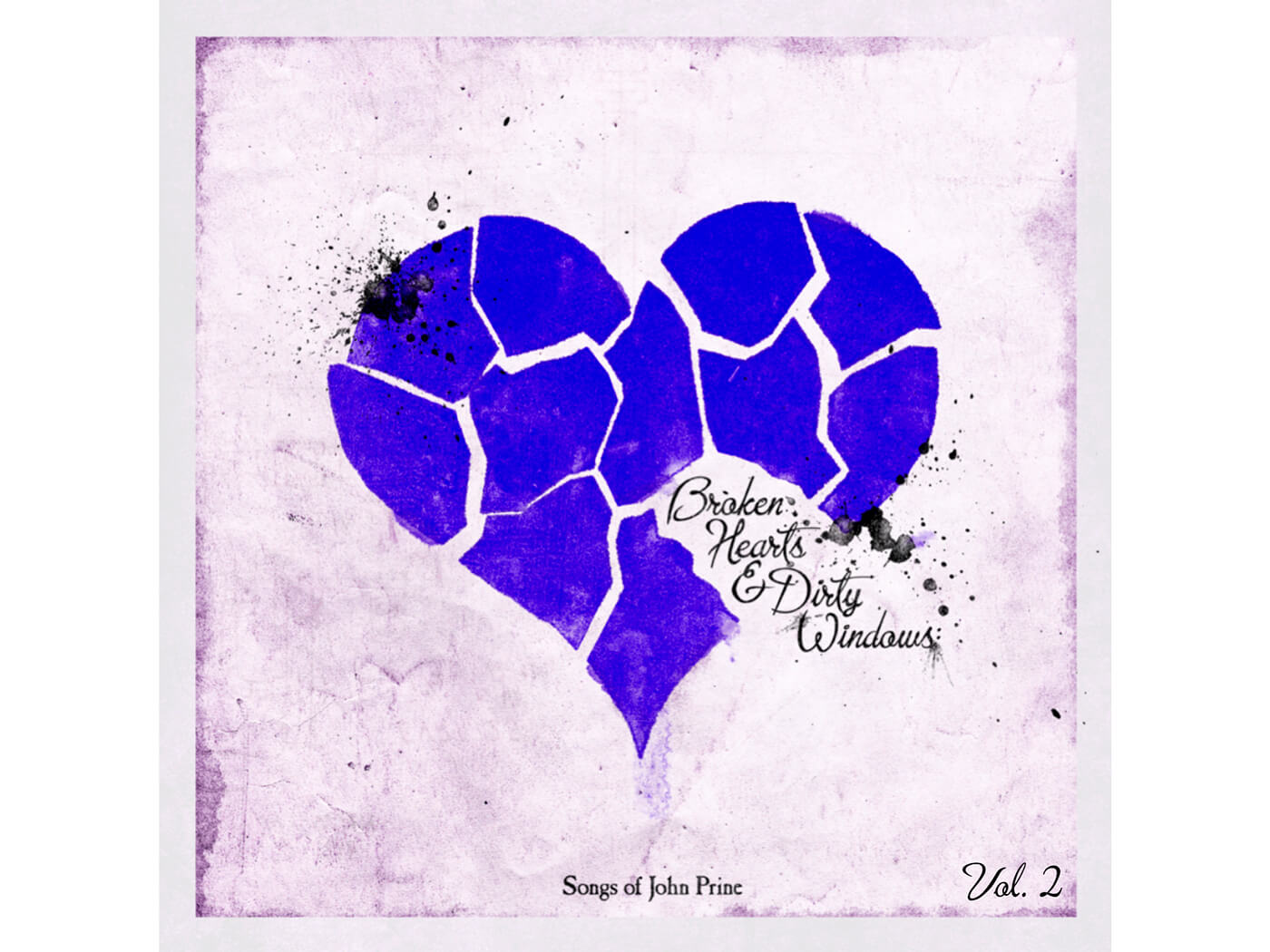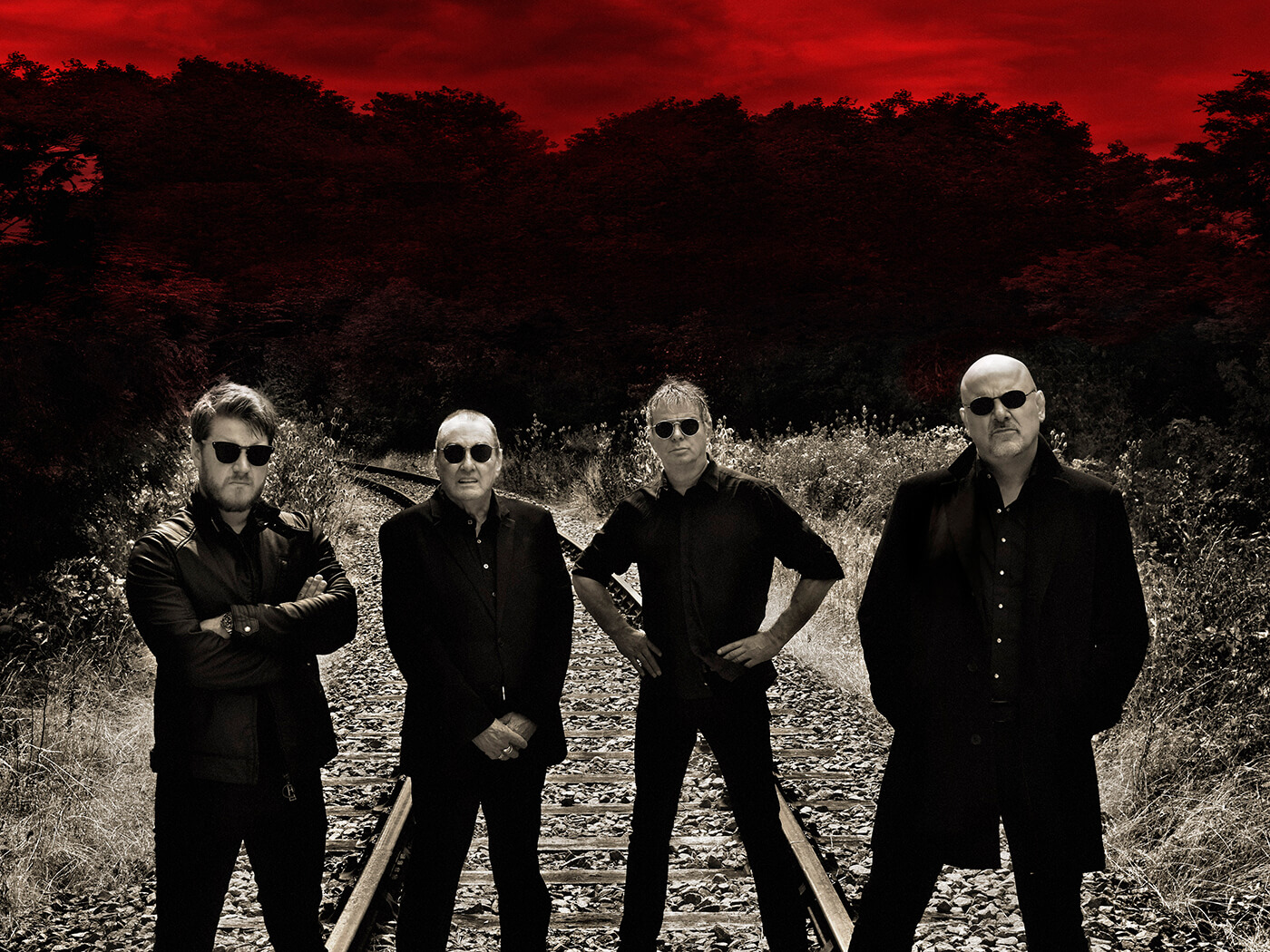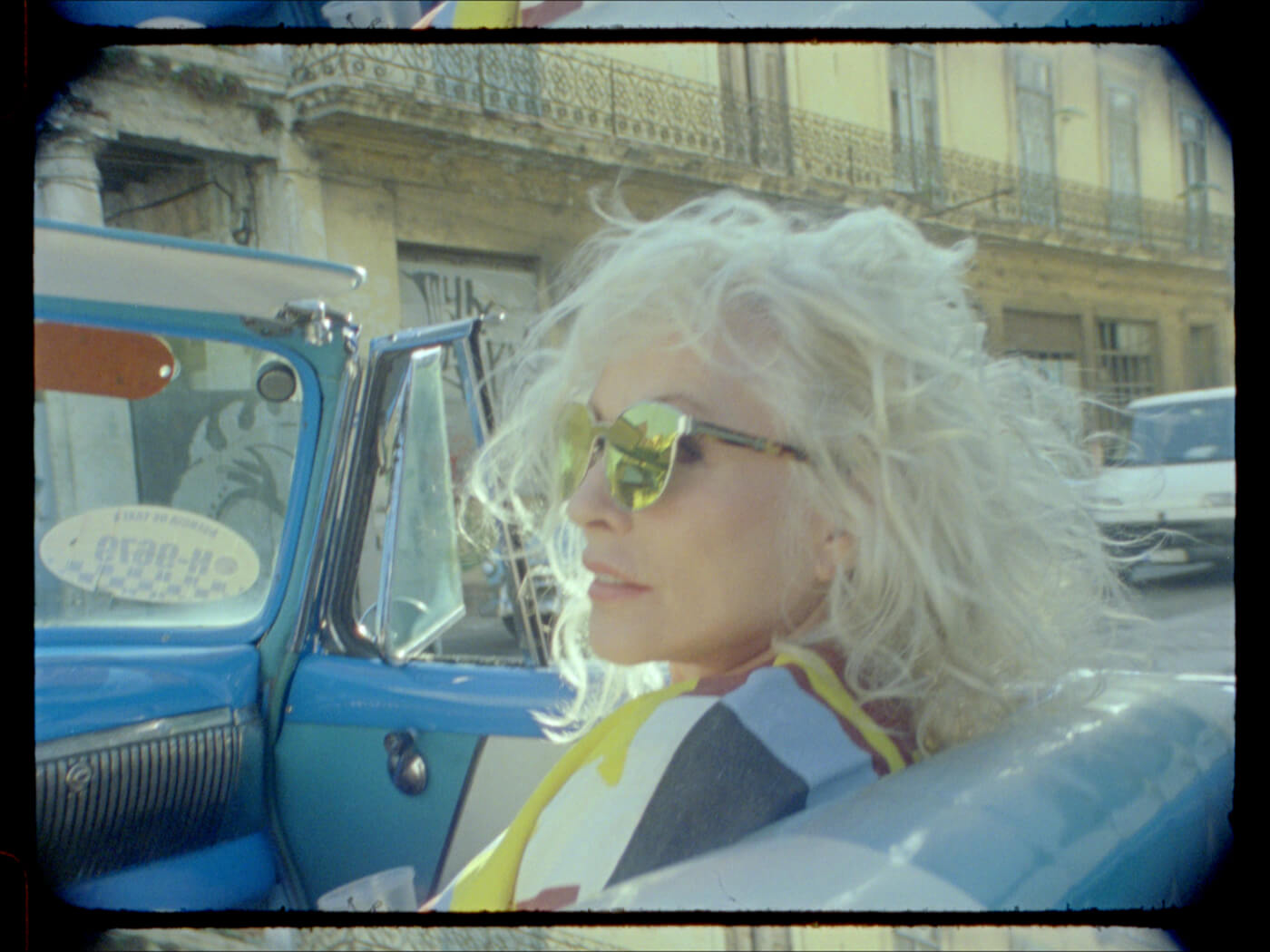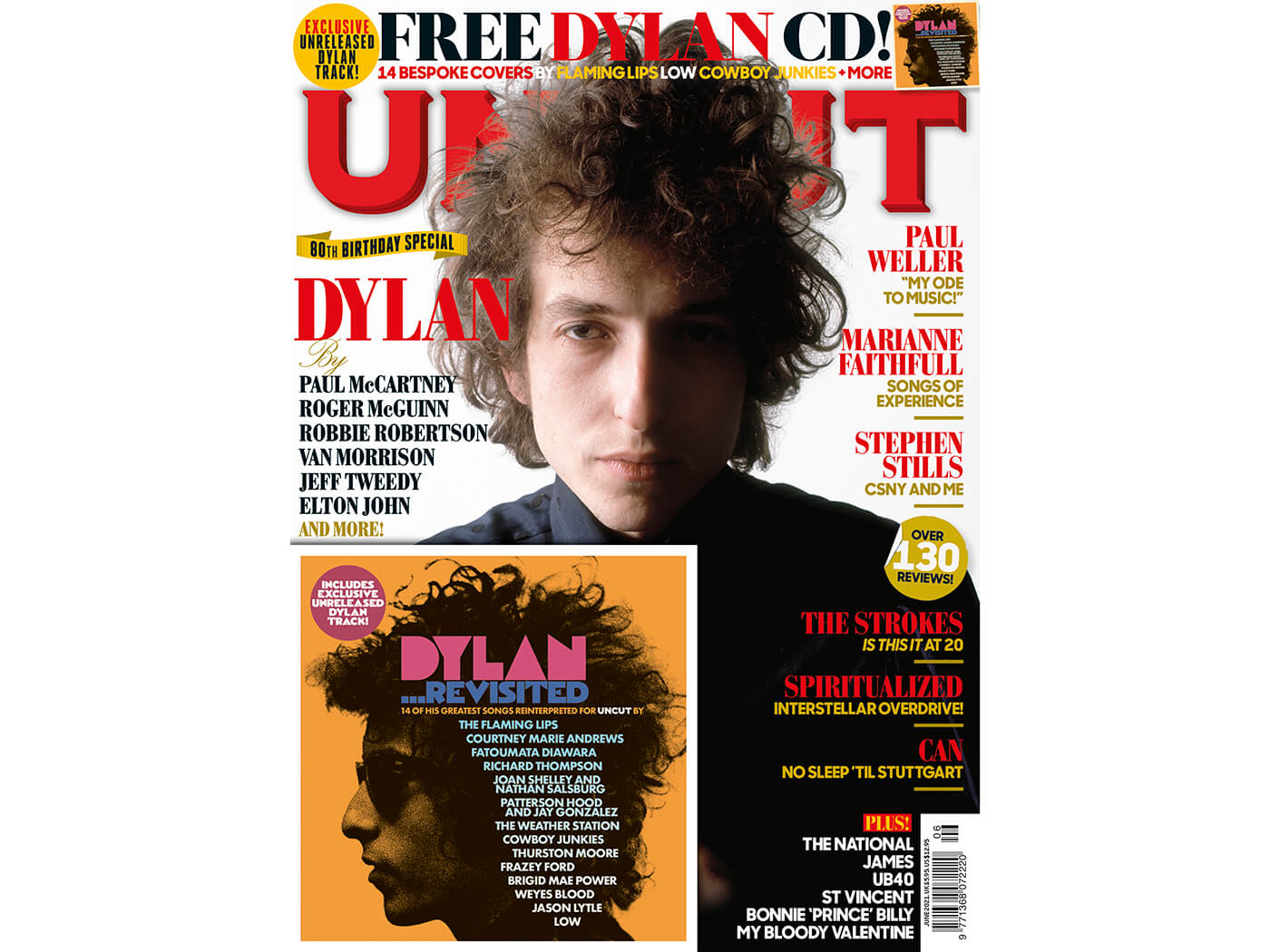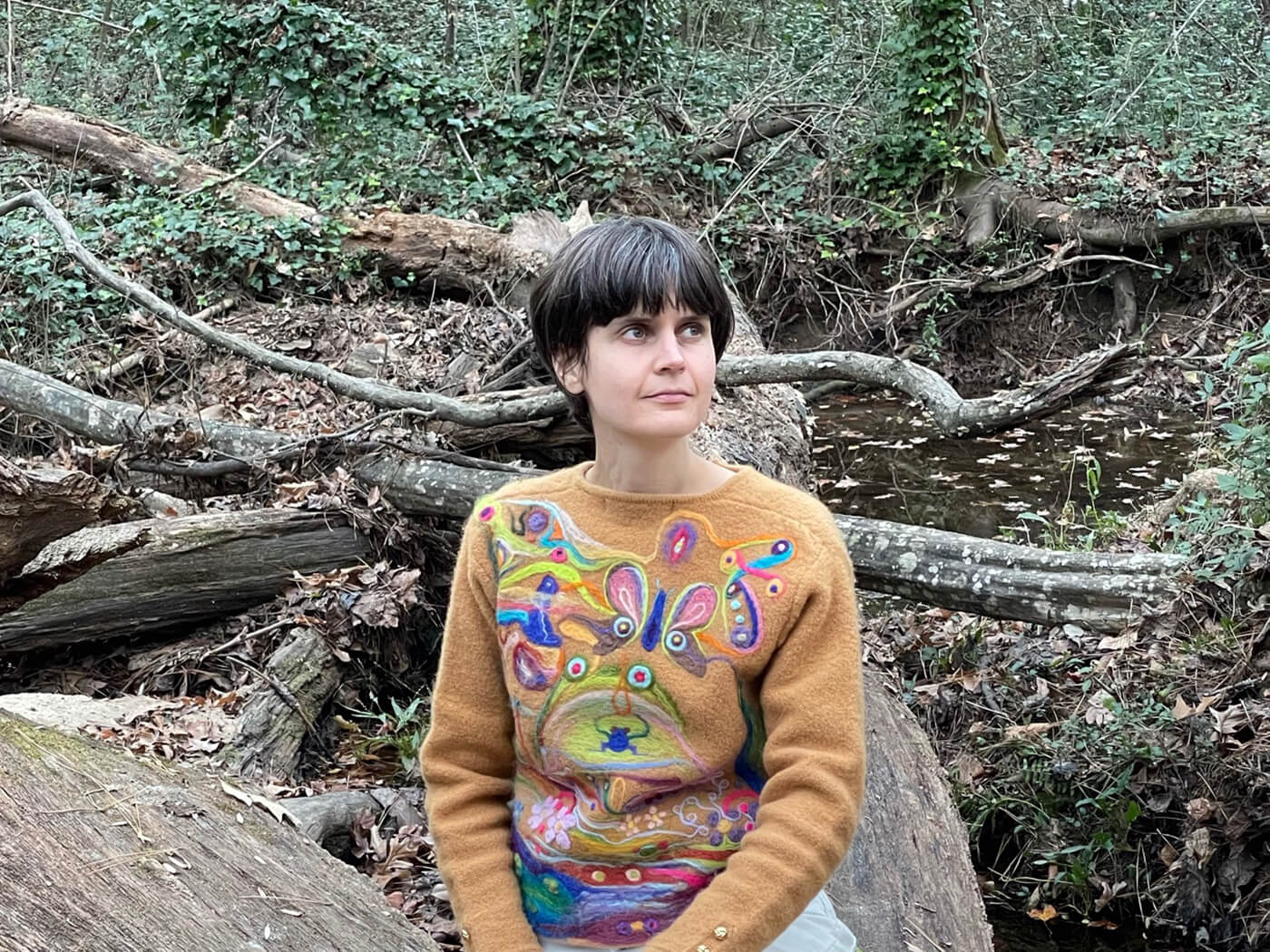This oral history of the Blood On The Tracks sessions that first appeared in Uncut’s November 2018 issue.
As More Blood, More Tracks plots a revelatory path through the making of Blood On The Tracks (The Bootleg Series, Vol 14), Nick Hasted talks to Dylan’s key collaborators from both the album’s New York and Minneapolis sessions. A picture emerges of the artist at his most creatively restless…
New York
DAY 1: SEPTEMBER 16, 1974
Sessions begin at A&R Recording Studios, 799 7th Avenue in the early afternoon. At first, it is just Dylan and engineer Phil Ramone – accompanied by Ramone’s assistant, Glenn Berger. Later in the evening, a band is convened…
GLENN BERGER [assistant engineer]: I was 19 in September 1974, working for Phil Ramone as an assistant engineer at a time when multi-track recording was making production central to the artistic venture. My first session had been with Paul Simon, who could take a year to make a record. And then Dylan came in and appeared not to care about the production at all. He didn’t care who the musicians were. There was no producer. Phil was just the engineer. It was mind-boggling. He asked Phil to put a band together, and Phil bumped into Eric Weissberg, a great musician who played on a lot of folk records, as well as “Duelling Banjos” from the Deliverance soundtrack. Eric brought in his band. These musicians were absolutely psyched to work on the new Dylan album.
THOMAS McFAUL [keyboards]: I held Dylan in high regard as an artist then and now. Playing on a Dylan date was a big deal.
BERGER: There was a special feeling about it because Dylan was coming back to Columbia, and to the studio where he’d recorded his earliest stuff. John Hammond [who signed Dylan to Columbia in 1961] came into the control room, thrilled to be there. But Dylan didn’t interact much with anybody, except [Columbia executive] Ellen Bernstein, who was his protector. We were warned that we needed to protect his privacy. Phil made a special point that nobody was to talk to him. You know, the faultiness of memory is weird. I don’t remember him coming in solo before bringing in the band. I was really shocked to find that out. If Dylan had started out intending to make a folk-style record, and then brought in the band and thought, “It’s not going to work and I just won’t do it,” it would certainly explain a lot. But it didn’t appear that calculated.
McFAUL: Dylan was already at A&R when I arrived. He was cordial at the outset, asked us if we wanted to go on the road with him, said he wanted to play only prisons. Before we started recording, Dylan was sipping grain alcohol from a paper cup, but I don’t recall him ever seeming to be intoxicated.
BERGER: Richard Crooks [drums] was in the vocal booth. Dylan came onto the studio floor with the musicians and started running down a tune. If a singer-songwriter doesn’t have an arranger, the musicians will take two or three hours minimum learning the tune and coming up with arrangements. We never got to that point. Dylan would just start playing another new tune without telling anybody. We were racing to keep up.
McFAUL: I don’t remember him saying much at all about the music. Sometimes he would ask to roll tape before running the song down all the way through even once. He’d say something like, “Then there’s a bridge; it’s like any other bridge, you’ll get it.”
BERGER: Phil’s approach was to make the technology as transparent as possible, so Dylan would never even know that he was in a recording studio.
McFAUL: There was no guidance at all from Phil Ramone, and Dylan’s approach was more like a concert performance than a recording session. He would ‘perform’ the song and if he didn’t like it, he would stop and say, “We don’t like that, erase it.” Dylan used the royal “we”.
BERGER: So Dylan is playing, and everyone is aware of the clacking of his buttons on the guitar. Phil was afraid to hit the talkback and tell him. Nobody dared counter what he was doing.
McFAUL: The big problem was the cue [the music audible in the headphones] and the isolation. The cue was all Dylan, none of the other instruments. My Hammond B3 organ was way in the back of the studio. I could not hear myself at all, nor could I hear any of the other players apart from Dylan. The setup was ridiculous, actually. How can you make a contribution as a band when you cannot hear one another? At first we complained to Phil, but Phil never changed anything. Later on, I concluded that his concern was to get as much of Dylan on tape as possible. It mattered less what we played. He isolated our instruments as much as possible to avoid leakage into Dylan’s vocal and guitar mics.
BERGER: He’s cutting “Idiot Wind”, and just spitting this mean, angry, hurtful song, and it’s so incredibly intense and vulnerable and real. And then he turns to us in the control room and says, “Was that sincere enough?” I think it was such an intense emotion that he had to make some distance from it, by making that funny remark.
McFAUL: I remember the lyric of “Idiot Wind” was about fame, and how fame is isolating, with no one telling you the truth any more. I was thinking how ironic that was because that was exactly what was going on at the session – no one told Bob what they were feeling.
BERGER: The band is figuring out their parts, and if somebody hits a wrong note, Dylan tells them to stop playing. Then two or three takes later, he starts playing a different song without telling anybody, so of course the guys screw up, and drop out. The energy in the studio went from incredible excitement to shock and disappointment. He essentially fired the band, without giving them a chance to do anything. Tony Brown, the bass player, was the only one who remained.
DAY 2: SEPTEMBER 17, 1974
Without the band, Dylan presses on with bassist Tony Brown. They are joined, briefly, by Paul Griffin (keyboards) and Buddy Cage (steel guitar)…
BERGER: There was no record with the band, really. It was the stuff with Tony Brown and Dylan that was powerful and compelling. We had adapted in the control room to the way things were going down. We weren’t taking the time to scrutinise takes. We were just cutting one song after another. It was an unconscious approach.
TONY BROWN [bass]: What made it doubly difficult for me was that Dylan had his guitar in an open tuning, yet he was fingering chords on top of that tuning. So it was virtually impossible to read the chords unless you knew the tuning, which I didn’t! However, it gave his guitar a distinctive sound, which can best be heard on the New York version of “Tangled Up In Blue”.
BERGER: Tony was just staring at Dylan’s hands, trying to figure out the next chord and keep up. There was no warmth or camaraderie. That may have contributed to the intensity of the experience, that those were not happy sessions. Certainly with the record’s content and Dylan’s marriage breakdown, there were a lot of dark feelings in the room. Bob didn’t know the guys from the band, he didn’t ask for them. But Paul Griffin was his idea. He was an older, straight-ahead jazz guy. He came in with a big smile on his face, and there was no direction, consistent with everything else. It didn’t work, and he walked out with the smile still on his face.
DAY 3: SEPTEMBER 18, 1974
The shortest day of the sessions – just four versions of “Buckets Of Rain” are recorded…
BERGER: Maybe ‘savant’ was the right word for Dylan in the studio. He was so focused in terms of his performance, but very disconnected on a human level. He didn’t know who was in the room with him. He was in his own universe. The electricity was when he was performing. As soon as he opened his mouth, the intensity was mind-boggling, and he would change the verses spontaneously from one take to the next. It appeared me that he was channelling something from a universal source. I’ve worked with a lot of great artists including Sinatra, and Dylan was the only one who appeared genius-like. Something was flowing through him. Maybe when he’s not performing, he’s turned off. When the switch turns on, it’s all magical power.
DAY 4: SEPTEMBER 19, 1974
The final day of the New York sessions. Dylan and Brown find their stride. An unexpected visitor is rebuffed…
BERGER: During the day, we were mixing the Stones’ Bedspring Symphony, a live show from their ’74 European Tour for radio broadcast, and Jagger wanted to come over. Mick Jagger was the most charming, affable guy. He could charm one person or 50,000 in a stadium. But their meeting – and I think they’d met once or twice before that – fell flat. We talked about it afterwards and Jagger said, “We could have hung out together and had fun.” And they didn’t. Dylan just wasn’t really available for that.
Dylan didn’t come to the mix sessions. That was unheard of.
Phil and I mixed the record in a couple of nights, then we cut
the test pressings. And we thought it was done. But Dylan now became quite concerned. He’d ring us at the studio. And I’d hear Phil going, ‘No, Bob, really, this is one of your best ever!’ But then he would call again. He was very anxious about the quality of the thing. Then Phil
came in with a blanched look on his face and said that Dylan had re-recorded the album…
MINNEAPOLIS
DAY 1: DECEMBER 27, 1974
Staying with family over Christmas, Dylan worries over what he perceives as the album’s flaws. Finally, his brother David and his managerial protégé, local singer-songwriter Kevin Odegard, put together a band to re-record five songs at the city’s Sound 80 Studio…
KEVIN ODEGARD [guitar]: I’d first met Bob when I did demos for him a year or so before that. We were all from northern Minnesota. Bill Berg [drums] was from Hibbing like Bob, so the connection got even stronger. The vibe was very different in our room than it was in New York. He wasn’t the movie star with us. He was a Minnesota kid.
GREGG INHOFER [keyboards]: Kevin said, “Do you wanna do a session?” He couldn’t tell me what for. I had no idea it was Dylan.
CHRIS WEBER [guitar]: I wasn’t hired as a guitarist; I weaselled my way in. I was a singer-songwriter, but was now mainly running the Podium music store. Kevin calls me there asking about a Martin guitar, and I had a 1937 0042G. He wouldn’t say who it was for, but I was told to bring it to his apartment. After waiting 30 minutes, we drove to Sound 80. It was cloak and dagger.
ODEGARD: Studio 80 is an L-shaped room, with reflective surfaces everywhere, and a vocal booth surrounded by glass. Everything was much more state of the art than A&R. The sessions were mercifully short, and Bob cut to the chase. He knew what he wanted.
WEBER: It’s still a pretty big room, maybe half a basketball court. Everyone could see and hear each other. In my memory, Bob was wearing blue jeans, leather boots because it was 20 below outside, dark, comfortable clothes, and was smoking non-stop. He asks to see the Martin. The studio was noisy, so I said we could go in the vocal booth. We sit down knees to knees in this silent, tiny place, and my heart’s jumping out of my chest. He’s friendly and droll, and says, “Play that guitar for me.” Then he says, “I’m going to teach you a song.” He showed me the chord progression of “Idiot Wind”. It’s an odd change, a C minor to a D chord. When I replayed it for him, I changed a chord, from A minor to A minor seventh. He said, “Teach it to ’em that way.”
ODEGARD: Chris Weber told us what key things were in and got us to the first take. Bob would take us the rest of the way.
WEBER: Bob would smoke 20 cigarettes while I taught the band, then we’d record it. That became the pattern. Then he tells me, “I need you to play guitar.” It turned out he’d been auditioning me.
ODEGARD: Bob was reticent, shy. Doing a lot of scratching on little pink notes, updating lyrics. When he was sitting there silent, looking into himself, that was Bob finishing up these songs. That’s called songwriting behaviour.
INHOFER: Bob’s son Jakob was there. Someone went across to a bar to get some milk for him.
ODEGARD: The songs were startling. Especially the first thing we heard, “Idiot Wind”, which was dissonant and not pleasant. That first C minor chord was very strange. We didn’t necessarily know what to do. We kind of looked at each other. I was thinking, “I’m lucky I wasn’t asked to play on this, because it’s too complex for me.” He was getting comfortable, too. He started softly. All of a sudden it was take 7 or 8, and it started to take on aspects of Highway 61 Revisited. The organ that Bob overdubbed ran it into that realm. It took on the personality of those angry ’65, ’66 songs.
INHOFER: Bob wanted me to play this slidey growl on the Hammond, and I did not play a lot of Hammond then, and didn’t know how to do what he wanted. So he played organ on the overdub as I played piano.
ODEGARD: Nothing really went too long after “Idiot Wind”. Two or three takes and that was it. Bob and Bill Berg carried the rest of that session. Bill was a highly trained drummer, who’d been in a Navy marching band. He was a people-pleaser, and was there to make Bob happy. So anytime Bob nodded or moved his body, Berg responded instantly. Their chemistry made the sessions in Minneapolis stick.
ODEGARD: Billy Peterson had to leave at 8.30 for his jazz gig downtown at the Longhorn Club. We did one more song, “You’re A Big Girl Now”. Bob overdubbed flamenco guitar, and we closed up shop for the night thinking that was it, and I had not played a note. We looked at each other in disbelief, and went back to our lives. I was a railroad brakeman at the time, and ready to take a run down to Iowa when the phone rang again.
INFOFER: That weekend we got a call. “Bob wants you to come back in.”
DAY 2: DECEMBER 30, 1974
The band are convened for a second day of sessions. “There was a new confidence, energy and trust,” we learn…
WEBER: It all came together. It just rolled.
INHOFER: Bob had written down the chords to “Tangled Up In Blue” on a bit of newspaper, threw it down on my organ and said, “Here’s the next song.”
ODEGARD: There was no tension, urgency or immediacy to it. It was just another Bob Dylan song. And because by that point everyone was comfortable, I was able to advise Bob to move the song up from the key of G to A. I thought if he had to work and reach for those notes, he’d sound more like Highway 61. That was in the back of my mind. Four or five measures into the tune, Bob knew it was going to work. He said, “Let’s try it this way.”
INHOFER: When Bob first started showing us the song, it sounded tired and dark. When the key was up, the tempo picked up, the mood brightened, and I think he liked the challenge, because that was some of the best Bob Dylan vocal stuff I’ve ever heard. And he had a cold.
ODEGARD: I was sitting five feet from Bob Dylan singing “Tangled Up In Blue” in one take. It was the most perfect six minutes of my life. Bob was giving me cues. And he was listening to me. He paid attention to everybody. He had the genius ability to take it all in, and put out a superhuman amount of creative energy all at once.
WEBER: Most of the guitar you hear is my Guild 512 12-string, which is a jumbo-bodied cannon, with enormous tone and a sound like an organ. Then Bob grabs the Martin and starts “Lily, Rosemary And The Jack Of Hearts”.
INHOFER: I lost concentration on that a couple of times because of how simple it was musically; you can hear a wrong chord here and there on the record. It’s really long, and it was hard to follow the story.
WEBER: My friend Peter Ostroushko arrived with his mandolin. Bob said, “Can you play a butterfly [arpeggio] sound?” Peter said, “The fret gets really narrow high up there.” So Bob mostly played it on “If You See Her, Say Hello”. I overdubbed the 12-string, and we were finished. When I got the Martin guitar back, it looked like it had been through a hurricane, with long scratches from Bob’s nails.
INHOFER: Did he say thank you at the end? Who, Bob? I saw him a couple of months after the sessions, watching the Stray Cats at a local club. I walked over and said, “Hey, Bob, I’m Gregg, I played on Blood On The Tracks with you.” And he just looked round and said, “Yeah…” Then he went back to watching the Stray Cats. I guess I didn’t make that much of an impression!
ODEGARD: What’s really amazing is, given the different temperament of the sessions, you can play Blood On The Tracks through and it works seamlessly.
INHOFER: The New York sessions were a lot darker. New York seems to me, “Here I am in despair of a breakup.” Minneapolis was, “I just broke up, but I’m going to move on.” I think there was more warmth for him in Minnesota in general.
BERGER: Most of the New York musicians ended up not on the record, and the Minneapolis guys were never credited on it. So there were a lot of unhappy people. I’m a psychiatrist and have analysed what makes artists great, and part of it is shamelessness – not to care about how you treat people, to get what you’re looking for. Sometimes it works. Dylan’s walking on the tightrope, and we’re not.


